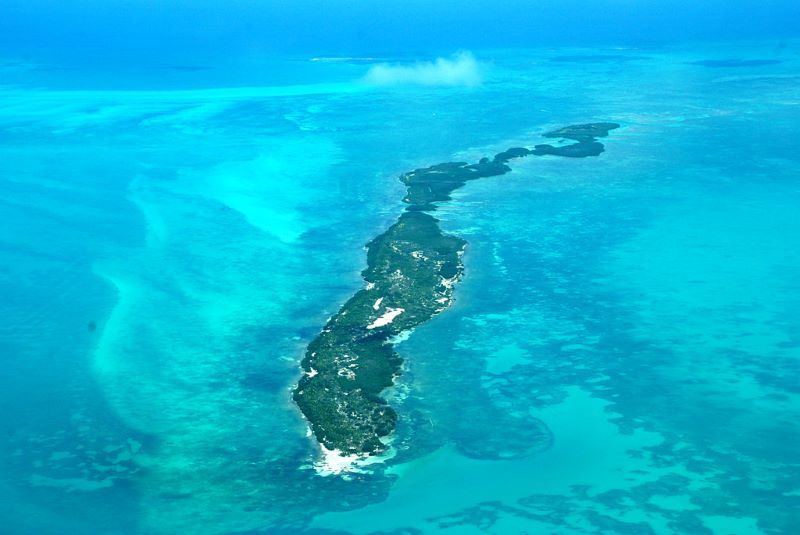Mexico's Marine Marvels of Biodiversity & Beyond
Discover Mexico's thriving oceanic and coastal regions, home to diverse marine ecosystems and species, and a source of food and environmental services. Learn about the efforts to protect and preserve these precious resources.





